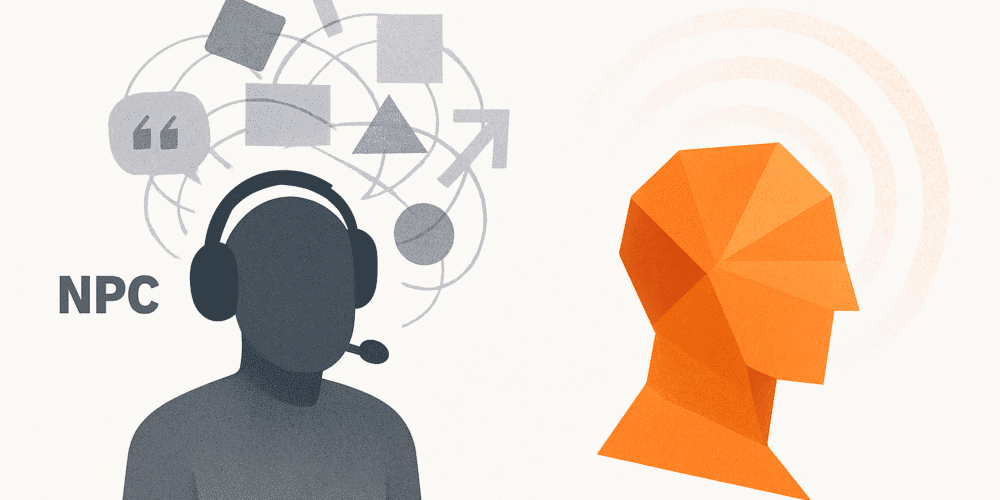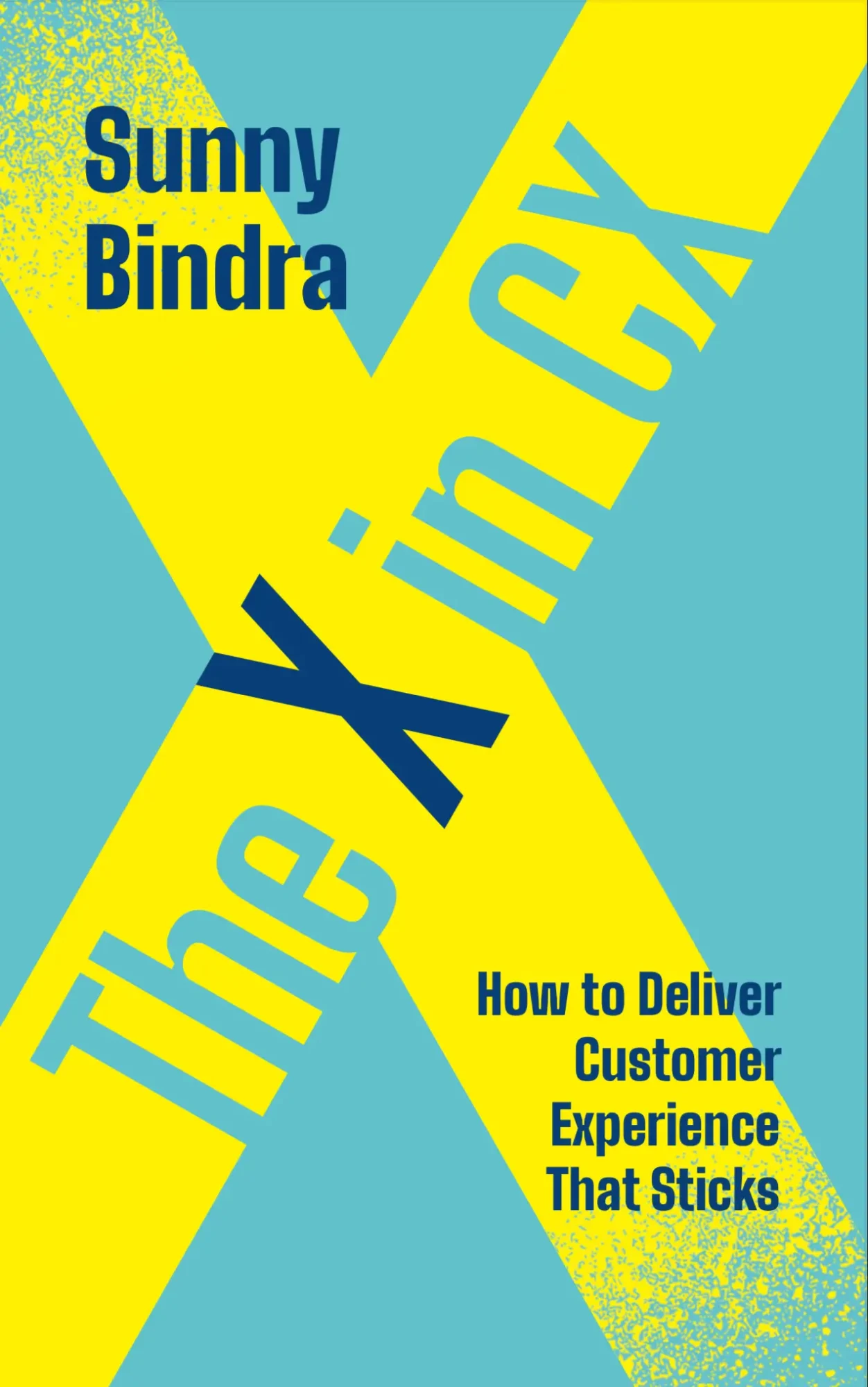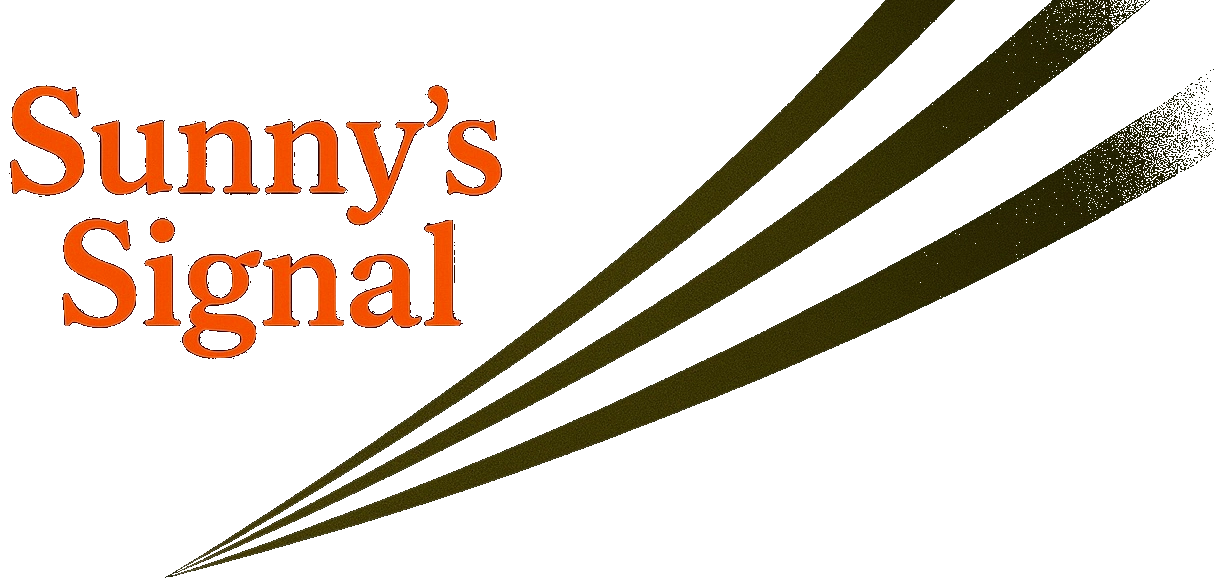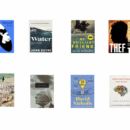How to spot a real thinker

We all respect thinkers. Well, most of us, anyway. Thoughtful people are of immense value in a world running on shallowness and the absence of critical reasoning. They go deep, and they re-emerge with insights, wisdoms, and solutions that regular people cannot.
Many folks like to hang out with proper thinkers, at least some of the time. Organizations look for them, to add intellectual bandwidth and independent perspectives. Even politicians need thoughtful advisers in their teams, to give them heft and credibility.
A question, though: how do you know when you’re in the presence of a genuine thinker, and not an overconfident braggart who will mislead you? To whom should you pay deep attention, and who will still keep you swirling in the shallows? Who has the rizz but not the depth? Who is lowkey deep, not highkey hollow?
This is a serious matter, because it is very easy to be awed by the self-assured bluster of many a pseudo-intellectual.
The danger isn’t the loud fool—it’s the midwit with a microphone. The one who read half a book and now floods your feed with fake-deep takes and borrowed wisdom. Smooth with jargon, confident with nothing in the bag. These are the NPCs with thesauruses, clout-chasing their way into panels and posts, peddling recycled insight with a fresh font. They sound smart because they’ve mastered the theatre of thought—the gestures, the pauses, the buzzwords. But don’t be fooled. Real thinking doesn’t wear a costume. It doubts itself, it digs, and it never needs to shout.
Let me share three phrases I use to tell whether I am in the presence of a genuine intelligence, not a bluffer. They may surprise you.
The first phrase that’s the hallmark of the genuine thinker: I don’t know.
The most honest words in the room. Not a confession of ignorance, but an invitation to explore. The insecure pretend; the real thinkers admit. Truth begins where pretence ends. When a leader says I don’t know, others feel safe to surface what they see. That’s how better decisions emerge—from collective clarity, not solo ego.
The second phrase to look out for: What do you think?
Not said to be polite, not filler. A true question. It says: I see you; I value your thoughts, because I can’t do this alone. It pulls others in. When used genuinely, it shifts the centre of gravity from the leader to the team. Suddenly, it’s not about having the answer—it’s about finding a better one. This one recognises that WE beats ME. A real thinker is always humble enough to know where their powers end.
The last phrase that real sages use: What are we missing?
This is the fail-safe against blind spots. The pause before the plunge. The guardrail against groupthink. High-vibe minds ask this not once, but repeatedly. They know: if no one’s seeing the flaw, then the flaw is probably systemic. Hidden, but fatal. This phrase invites dissent, welcomes the outsider’s view, and keeps the mission honest.
Proper sages have their own thoughts and convictions, of course they do. But they are never blinded by them. They remain open to learning; and they know that a high-functioning hive mind is way more powerful than that of any individual.
If your leaders use these phrases often—and with sincerity—you’re in steady hands. But if they stride in oozing certainty, clinging to a single shiny idea, convinced they’ve seen it all before? That’s not brilliance; it’s bravado. The really clever ones don’t close the door with answers; they open space for better thinking.
THE SIGNAL IN THE NOISE
The real thinkers don’t dominate the room, they ask the questions that make the room smarter. If you hear humility, curiosity, and doubt—you’re in the right presence.

Buy Sunny Bindra's new book
The X in CX
here »
Popular Posts
- Make this your year of being boringJanuary 4, 2026
- My books of the yearDecember 14, 2025
- Can we please stop with the corporate jargon?January 11, 2026
- Confessions of an explaining personDecember 7, 2025
- Here’s why you should become foolishNovember 30, 2025















